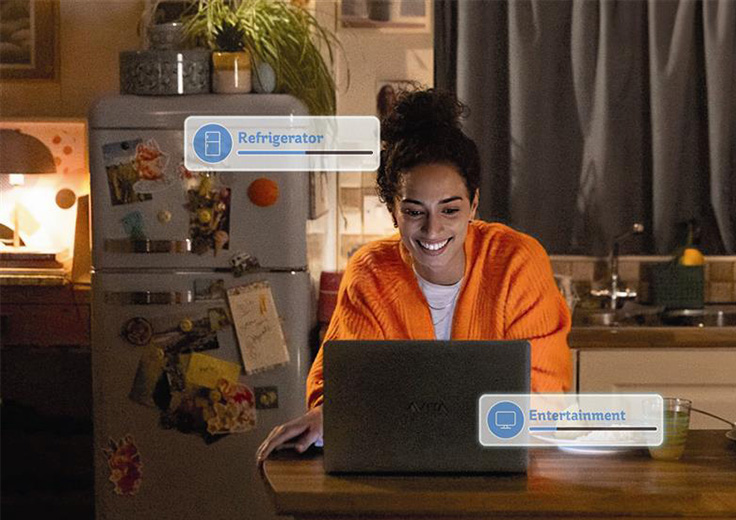Understanding your Electric Vehicle’s Range

What is the real range of your EV?
The maximum range of EV journeys is measured and advertised using the WLTP (Worldwide Harmonized Light Vehicles Test Procedure) standard testing method. But the way you drive and the conditions you drive in, have a big impact on an EV’s range. The table below shows the advertised range of the Volkswagen ID4 – one of Ireland’s most popular EVs. Its advertised range is 550 km (kilometres). But to reach that, you need to consider the effect of temperature and your driving speed and style on your EV.
Cold Weather | |
|---|---|
City Driving | 430 km |
Motorway Driving | 310 km |
Combined | 370 km |
Warm Weather | |
|---|---|
City Driving | 540 km |
Motorway Driving | 400 km |
Combined | 500 km |
- Cold weather: the 'worst-case' range is based on -10°C and use of heating.
- Mild weather: 'the “best-case' range is based on 23°C and no use of air con (A/C).
- Motorway Driving figures are based on a constant speed of 110 km/h (kilometres per hour).
So as you can see, the actual range of your vehicle will be influenced by speed, style of driving, weather and route conditions. (Source: ev-database.org)
With that in mind, here’s some handy advice on practical maintenance and efficient driving techniques.
How to increase your range:
Most modern EVs have excellent ranges so choose the EV that best suits your needs, and you shouldn’t have to drive it much differently to the way you drive a petrol or diesel vehicle. However, it takes time to get used to an EV. Here are some tips on getting the most out of your EV battery.
Smooth and calm driving style.
- Use ECO or Efficiency Mode when driving. These reduce power slightly and engage regenerative braking, which uses braking to charge your battery.
- Avoid hard accelerating and braking.
- Reduce your motorway speed. Driving at 105 km/h for 100km takes just 7 minutes longer than driving at 120km/h, and uses far less energy.
Make sure your car’s ready for the journey.
- If you have a home charger, charge up in advance.
- When charging, aim to charge up to 80% and try to avoid going below 20%. This will ensure a longer life from your battery over time. But for those longer occasional journeys charging past 80% is fine.
- Make sure your tyres are at the correct pressure and remove unnecessary weight (like golf clubs!).
- If the weather is very hot or cold, use the pre-heating feature so your car is cooled down or warmed up while still plugged in at home. This means you don’t need your car’s battery to work extra hard to reach a comfortable temperature inside the car.
Follow Electric Ireland on social media:
Twitter: @electricireland
Facebook: @Electric Ireland
Instagram: @electricireland



